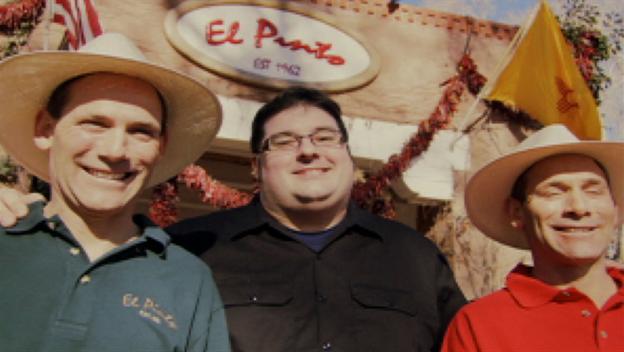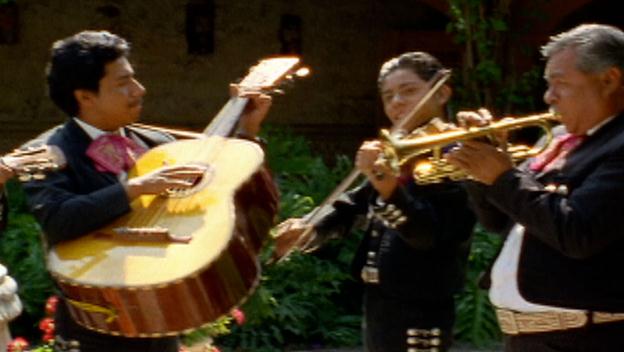This afternoon I went to Nanaimo Senior's Village which is where Heather works in the Recreation department she asked me to come in and volunteer to help with some of the residents and I was of course happy to do so...
There was a short walk to commemorate Alzheimer's Day...
Combined with this celebration!!
The story on this celebration!!
Cinco de Mayo—or the fifth of May—is a holiday that celebrates the date of the Mexican army’s 1862 victory over France at the Battle of Puebla during the Franco-Mexican War (1861-1867). A relatively minor holiday in Mexico, in the United States Cinco de Mayo has evolved into a commemoration of Mexican culture and heritage, particularly in areas with large Mexican-American populations.
BENITO JUÁREZ
In 1861, Benito Juárez—a lawyer and member of the indigenous Zapotec tribe—was elected president of Mexico. At the time, the country was in financial ruin after years of internal strife, and the new president was forced to default on debt payments to European governments.
In response, France, Britain and Spain sent naval forces to Veracruz, Mexico, demanding repayment. Britain and Spain negotiated with Mexico and withdrew their forces.
France, however, ruled by Napoleon III, decided to use the opportunity to carve an empire out of Mexican territory. Late in 1861, a well-armed French fleet stormed Veracruz, landing a large force of troops and driving President Juárez and his government into retreat.
THE BATTLE OF PUEBLA
Certain that success would come swiftly, 6,000 French troops under General Charles Latrille de Lorencez set out to attack Puebla de Los Angeles, a small town in east-central Mexico. From his new headquarters in the north, Juárez rounded up a ragtag force of 2,000 loyal men—many of them either indigenous Mexicans or of mixed ancestry—and sent them to Puebla.
The vastly outnumbered and poorly supplied Mexicans, led by Texas-born General Ignacio Zaragoza, fortified the town and prepared for the French assault. On May 5, 1862, Lorencez gathered his army—supported by heavy artillery—before the city of Puebla and led an assault.
The battle lasted from daybreak to early evening, and when the French finally retreated they had lost nearly 500 soldiers. Fewer than 100 Mexicans had been killed in the clash.
Although not a major strategic win in the overall war against the French, Zaragoza’s success at the Battle of Puebla on May 5 represented a great symbolic victory for the Mexican government and bolstered the resistance movement. In 1867—thanks in part to military support and political pressure from the United States, which was finally in a position to aid its besieged neighbor after the end of the Civil War—France finally withdrew.
The same year, Austrian Archduke Ferdinand Maximilian, who had been installed as emperor of Mexico in 1864 by Napoleon, was captured and executed by Juárez’s forces. Puebla de Los Angeles was renamed for General Zaragoza, who died of typhoid fever months after his historic triumph there.
CINCO DE MAYO IN MEXICO
Within Mexico, Cinco de Mayo is primarily observed in the state of Puebla, where Zaragoza’s unlikely victory occurred, although other parts of the country also take part in the celebration.
Traditions include military parades, recreations of the Battle of Puebla and other festive events. For many Mexicans, however, May 5 is a day like any other: It is not a federal holiday, so offices, banks and stores remain open.
CINCO DE MAYO IN THE UNITED STATES
In the United States, Cinco de Mayo is widely interpreted as a celebration of Mexican culture and heritage, particularly in areas with substantial Mexican-American populations.
Chicano activists raised awareness of the holiday in the 1960s, in part because they identified with the victory of indigenous Mexicans (such as Juárez) over European invaders during the Battle of Puebla.
Today, revelers mark the occasion with parades, parties, mariachi music, Mexican folk dancing and traditional foods such as tacos and mole poblano. Some of the largest festivals are held in Los Angeles, Chicago and Houston.
CONFUSION WITH MEXICAN INDEPENDENCE DAY
Many people outside Mexico mistakenly believe that Cinco de Mayo is a celebration of Mexican independence, which was declared more than 50 years before the Battle of Puebla.
Independence Day in Mexico (Día de la Independencia) is commemorated on September 16, the anniversary of the revolutionary priest Miguel Hidalgo y Costilla’s famous “Grito de Dolores” (“Cry of Dolores”), a call to arms that amounted to a declaration of war against the Spanish colonial government in 1810.
The village was nicely decorated...
I am not allowed to show the residents but I tool Louise out in her wheel chair around the courtyard and then to a tent where they were serving nachos and cheese.
Heather decided that I did not look Mexican enough in my sombrero so......
It was a really fun afternoon I spent some time talking to one of the residents who was 92 years young and he was as bright as anything and very interesting to talk with!!!
I must say a big thank you to all staff from Nurses to cleaning staff who work in all the senior's homes around the globe...it is not an easy job but one which they all seem to do with smiles on their faces and joy in their heart so thank you!!!!..I was very lucky enough to have both my parents not have to stay in any home as they both passed away quietly in their sleep!!!
Took a load of bottle to the recycle depot and then tonight Heather even after a busy day cooked a nice supper and now going to settle down to watch a very intense hockey game with my team the Oilers competing!!
Yashi Kochi!!!










No comments:
Post a Comment